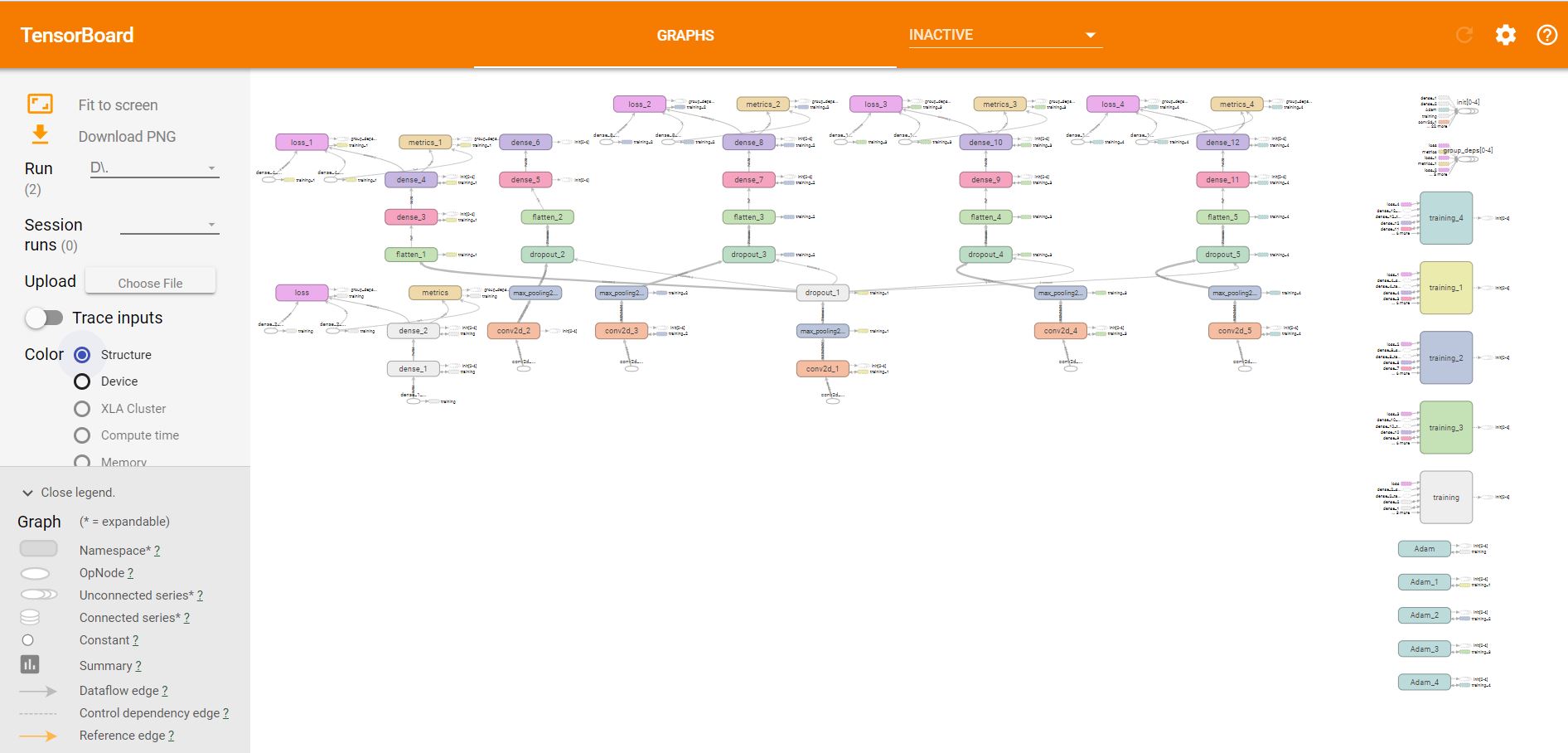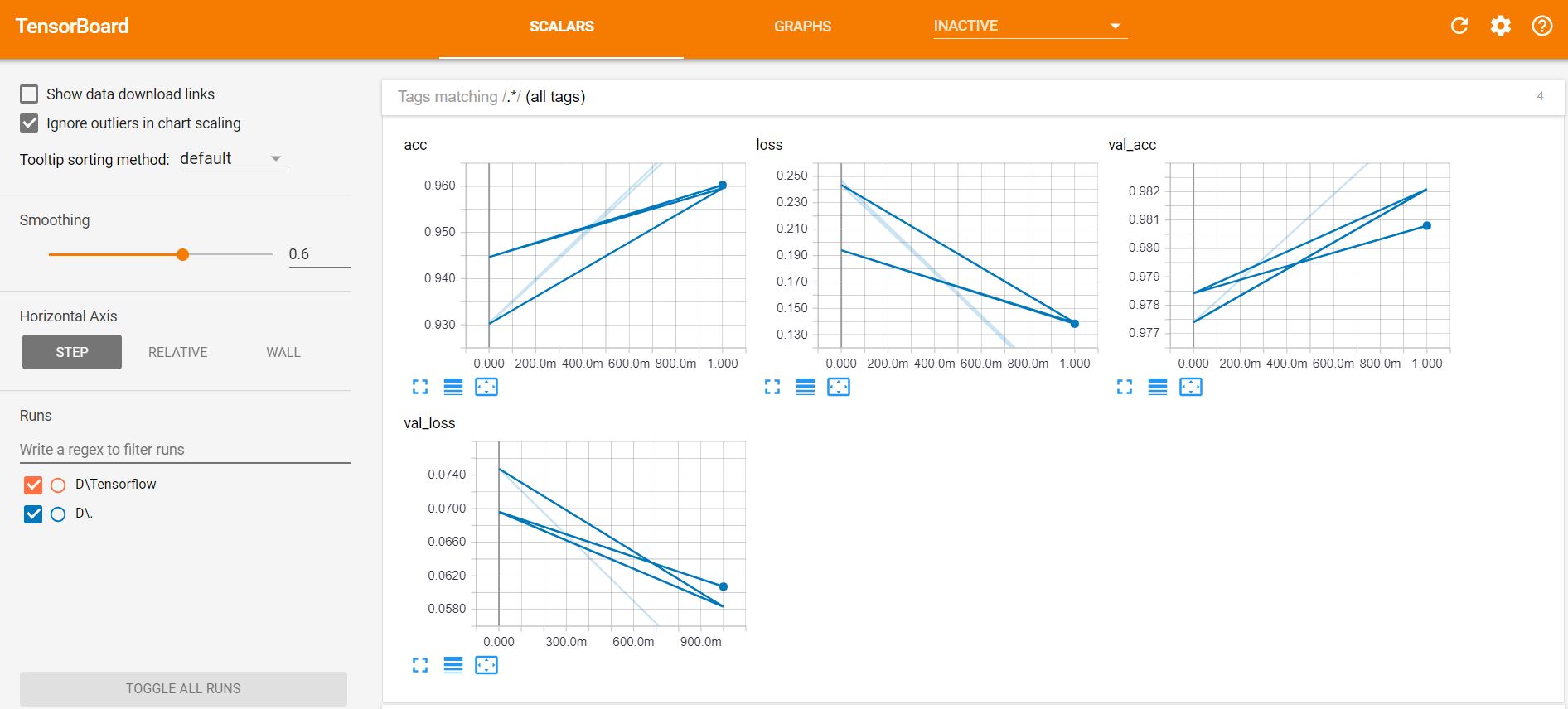When we enter into the world of computer vision we have to understand how a computer understands an image. A colored image has three channels and a 2D data in each channel. When the image size increases Machine learning start suffering from the curse of dimensionality, in order to overcome from this Deep learning comes up with a special type of Feedforward neural network known as CNN- Convolutional Neural Network.
I hope a lot of videos is available on this so I am quickly jumping on the coding part…
Let’s start with MNIST dataset…
Here I will do the code using three ways, using simple Multiple perceptrons, then with Conv1D and with Conv2D. The default is 2D for images but could be 1D such as for words in a sentence or 3D for the video that adds a time dimension.
Multiple perceptrons
Import the libraries,
import numpy as np from keras.models import Sequential from keras.layers import Dense from keras.utils import np_utils from keras.datasets import mnist
Load data,
# Load pre-shuffled MNIST data into train and test sets import matplotlib.pyplot as plt %matplotlib inline (X_train, y_train), (X_test, y_test) = mnist.load_data() plt.imshow(X_train[0])
num_pixels = X_train.shape[1] * X_train.shape[2]
X_train = X_train.reshape(X_train.shape[0], num_pixels).astype('float32')
X_test = X_test.reshape(X_test.shape[0], num_pixels).astype('float32')
X_train = X_train / 255
X_test = X_test / 255
y_train = np_utils.to_categorical(y_train)
y_test = np_utils.to_categorical(y_test)
num_classes = y_test.shape[1]
Now Create a model in Deep learning using Keras,
def baseline_model():
model = Sequential()
model.add(Dense(num_pixels, input_dim=num_pixels, kernel_initializer='normal',
activation='relu'))
model.add(Dense(num_classes, kernel_initializer='normal', activation='softmax'))
model.compile(loss='categorical_crossentropy', optimizer='adam', metrics=['accuracy'])
return model
Now Build and run the model.
#build the model
model = baseline_model()
# Fit the model
model.fit(X_train, y_train, validation_data=(X_test, y_test), epochs=10, batch_size=200,
verbose=2)
# Final evaluation of the model
scores = model.evaluate(X_test, y_test, verbose=0)
print("Baseline Error: %.2f%%" % (100-scores[1]*100))
Train on 60000 samples, validate on 10000 samples Epoch 1/10 6s - loss: 0.2742 - acc: 0.9231 - val_loss: 0.1382 - val_acc: 0.9597 Epoch 2/10 4s - loss: 0.1097 - acc: 0.9682 - val_loss: 0.0985 - val_acc: 0.9701 Epoch 3/10 4s - loss: 0.0708 - acc: 0.9793 - val_loss: 0.0745 - val_acc: 0.9766 Epoch 4/10 4s - loss: 0.0500 - acc: 0.9849 - val_loss: 0.0660 - val_acc: 0.9795 Epoch 5/10 4s - loss: 0.0349 - acc: 0.9903 - val_loss: 0.0667 - val_acc: 0.9796 Epoch 6/10 4s - loss: 0.0273 - acc: 0.9926 - val_loss: 0.0599 - val_acc: 0.9819 Epoch 7/10 4s - loss: 0.0205 - acc: 0.9946 - val_loss: 0.0567 - val_acc: 0.9828 Epoch 8/10 4s - loss: 0.0137 - acc: 0.9970 - val_loss: 0.0570 - val_acc: 0.9823 Epoch 9/10 4s - loss: 0.0103 - acc: 0.9979 - val_loss: 0.0579 - val_acc: 0.9814 Epoch 10/10 5s - loss: 0.0085 - acc: 0.9982 - val_loss: 0.0621 - val_acc: 0.9809 Baseline Error: 1.91%
Conv1D
Import the libraries,
from keras.preprocessing import sequence from keras.models import Sequential from keras.layers import Dense, Dropout, Activation from keras.layers import Embedding from keras.layers import Conv1D, GlobalMaxPooling1D from keras.datasets import imdb
Load Data,
# Load pre-shuffled MNIST data into train and test sets import matplotlib.pyplot as plt %matplotlib inline (X_train, y_train), (X_test, y_test) = mnist.load_data()
# set parameters: max_features = 5000 maxlen = 784 batch_size = 32 embedding_dims = 50 filters = 250 kernel_size = 3 hidden_dims = 250 epochs = 2
num_pixels = X_train.shape[1] * X_train.shape[2] #num_pixels 28*28=784
num_pixels = X_train.shape[1] * X_train.shape[2]
#num_pixels 28*28=784
X_train = X_train.reshape(X_train.shape[0],num_pixels).astype('float32')
X_test = X_test.reshape(X_test.shape[0],num_pixels).astype('float32')
X_train.shape
(60000, 784)
X_train = X_train / 255 X_test = X_test / 255 y_train = np_utils.to_categorical(y_train) y_test = np_utils.to_categorical(y_test) num_classes = y_test.shape[1] y_train.shape
(60000, 10)
print('x_train shape:', X_train.shape)
print('x_test shape:', X_test.shape)
print('Build model...')
model = Sequential()
model.add(Embedding(max_features,
embedding_dims,
input_length=maxlen))
model.add(Conv1D(filters,
kernel_size,
padding='valid',
activation='relu',
strides=1))
# we use max pooling:
model.add(GlobalMaxPooling1D())
# We project onto a single unit output layer, and squash it with a sigmoid:
model.add(Dense(10))
model.add(Activation('softmax'))
model.compile(loss='categorical_crossentropy',
optimizer='adam',
metrics=['accuracy'])
model.fit(X_train, y_train,
batch_size=batch_size,
epochs=epochs,
validation_data=(X_test, y_test))
Conv2D
Load Libraries,
#But this is not CNN its simple multi perceptron that are working as a CNN classifier from keras.datasets import mnist from keras.models import Sequential from keras.layers import Dense from keras.layers import Dropout from keras.layers import Flatten from keras.layers.convolutional import Conv2D from keras.layers.convolutional import MaxPooling2D from keras.utils import np_utils
from keras import backend as K
K.set_image_dim_ordering('th')
import matplotlib.pyplot as plt (X_train, y_train), (X_test, y_test) = mnist.load_data() %matplotlib inline plt.imshow(X_train[0])
import numpy
# fix random seed for reproducibility
seed = 7
numpy.random.seed(seed)
# load data
(X_train, y_train), (X_test, y_test) = mnist.load_data()
# reshape to be [samples][channels][width][height]
X_train = X_train.reshape(X_train.shape[0], 1, 28, 28).astype('float32')
X_test = X_test.reshape(X_test.shape[0], 1, 28, 28).astype('float32')
# normalize inputs from 0-255 to 0-1
X_train = X_train / 255
X_test = X_test / 255
# one hot encode outputs
y_train = np_utils.to_categorical(y_train)
y_test = np_utils.to_categorical(y_test)
num_classes = y_test.shape[1]
plt.imshow(X_train[2232,0,:,:])
def baseline_model():
# create model
model = Sequential()
model.add(Conv2D(32, (5, 5), input_shape=(1, 28, 28), activation='relu'))
model.add(MaxPooling2D(pool_size=(2, 2)))
model.add(Dropout(0.2))
model.add(Flatten())
model.add(Dense(128, activation='relu'))
model.add(Dense(num_classes, activation='softmax'))
# Compile model
model.compile(loss='categorical_crossentropy', optimizer='adam', metrics=['accuracy'])
return model
model = baseline_model()
# Fit the model
model.fit(X_train, y_train, validation_data=(X_test, y_test), epochs=10, batch_size=200)
# Final evaluation of the model
scores = model.evaluate(X_test, y_test, verbose=0)
print("CNN Error: %.2f%%" % (100-scores[1]*100))
output:


